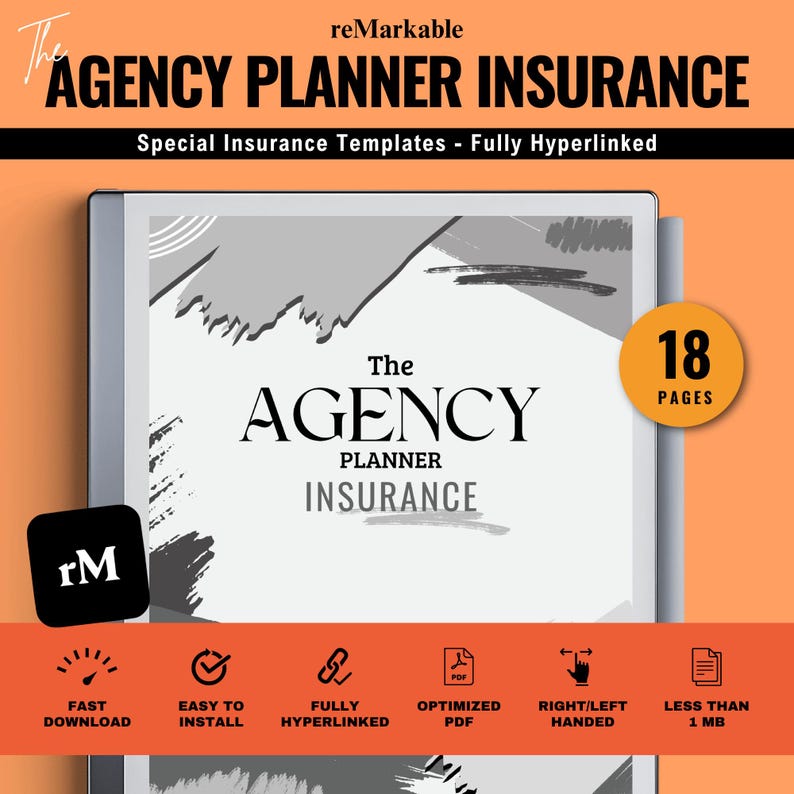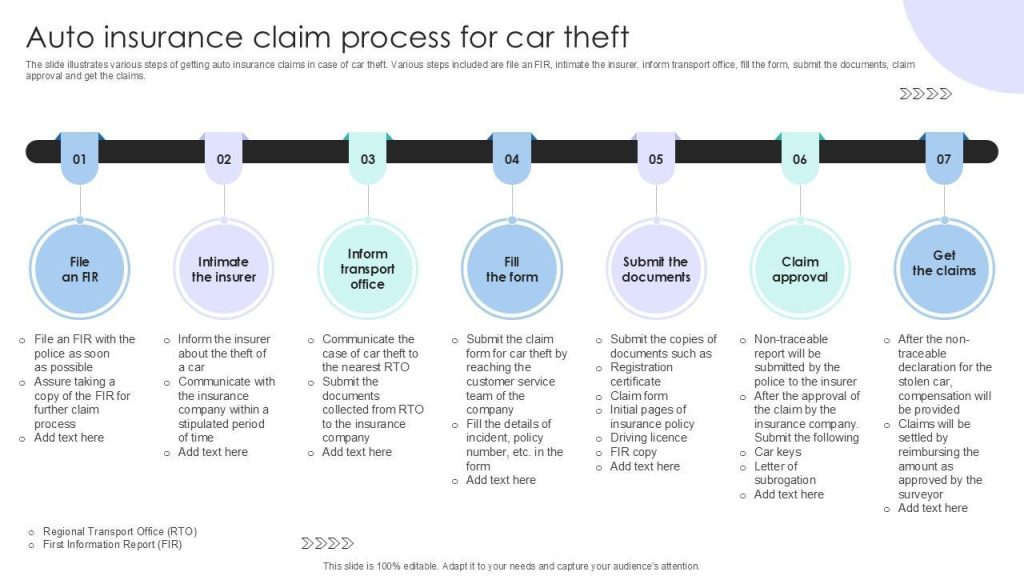Navigating the world of auto insurance claims can often feel overwhelming, especially when unexpected accidents or damages occur. Understanding the process from start to finish not only helps you secure the compensation you deserve but also minimizes stress during a challenging time. In this step-by-step guide, we’ll walk you through everything you need to know about mastering auto insurance claims—breaking down complex jargon, outlining essential actions, and offering practical tips to streamline your experience. Whether you’re filing a claim for the first time or looking to sharpen your approach, this article will equip you with the knowledge and confidence to handle your auto insurance claims like a pro.
Table of Contents
- Understanding Your Auto Insurance Policy Coverage
- Documenting the Incident Effectively for a Smooth Claim Process
- Navigating the Claim Submission with Precision
- Communicating Strategically with Insurance Adjusters and Repair Shops
- To Conclude
Understanding Your Auto Insurance Policy Coverage
Before diving into the claims process, it’s essential to familiarize yourself with the specifics of your policy. Understanding what your auto insurance covers can save you from unexpected expenses and headaches down the road. Most policies include key components such as liability coverage, which protects you if you’re at fault in an accident, and comprehensive coverage, which pays for damages not related to collisions, like theft or natural disasters. Knowing the distinctions helps you gauge the types of damages or incidents your insurer will cover, and how much you’ll be responsible for out of pocket.
Additionally, review your deductible amounts and any limits on coverage to ensure you have realistic expectations when filing a claim. It’s wise to keep a copy of your policy handy and take note of important details like the claim filing deadlines and your insurer’s contact information. To make the most of your coverage, watch out for:
- Exclusions or conditions that may affect coverage
- Optional add-ons such as roadside assistance or rental car reimbursement
- How your premium may be impacted after a claim
Documenting the Incident Effectively for a Smooth Claim Process
When documenting a car accident, precision and detail are your best allies. Begin by capturing clear photos from multiple angles to showcase the extent of the damage to all vehicles involved, as well as any relevant environmental factors such as skid marks, traffic signs, and road conditions. Accompany your photos with comprehensive notes describing the incident, including the time, date, location, weather conditions, and a step-by-step recount of what transpired. This combination of visual evidence and written documentation will not only validate your claim but also help insurance adjusters understand the full context without ambiguity.
Don’t forget to gather essential information from the other parties:
- Full names and contact details
- Insurance policy numbers and providers
- Vehicle registration and make/model details
- Driver’s license numbers
Additionally, if there were any witnesses, securing their statements and contact information can further strengthen your position. By meticulously compiling this data, you set the stage for a smooth, efficient claims process, minimizing delays and potential disputes.
Navigating the Claim Submission with Precision
Submitting an auto insurance claim can feel overwhelming, but approaching the process with clarity and attention to detail can make all the difference. Begin by gathering all pertinent information: photos of the damage, a copy of the police report, and contact details of any involved parties. This solid documentation not only speeds up the claim but also reduces the chances of disputes or delays. Remember, accuracy is key—double-check every form and statement you provide to ensure your claim reflects the exact circumstances of the incident.
Once your documentation is ready, familiarize yourself with your insurer’s preferred submission channels—whether it’s an online portal, mobile app, or direct phone line. Here are some quick tips to keep your claim submission on track:
- Keep a detailed record: Note the date, time, and name of every person you communicate with.
- Stay proactive: Follow up regularly to track your claim’s progress and provide additional info promptly if requested.
- Be transparent: Avoid assumptions; clearly state facts and avoid speculation in your descriptions.
Staying organized and engaged throughout the claim submission can transform a potentially stressful experience into a smooth, efficient process.
Communicating Strategically with Insurance Adjusters and Repair Shops
Building a solid rapport with insurance adjusters and repair shops is crucial for a smooth claims process. Start by documenting every interaction meticulously—dates, names, and key points discussed should be logged to avoid miscommunication later. Approach conversations with clarity and professionalism, always staying calm and concise. Remember, adjusters appreciate when claimants come prepared with accurate information and realistic expectations. Equally important is understanding the repair shop’s role in the process; establish upfront queries about timelines, parts sourcing, and warranty coverage to prevent surprises during vehicle restoration.
Effective communication also means knowing when to ask questions and when to listen intently. Use these strategies to keep the dialogue productive:
- Clarify ambiguous terms: Don’t hesitate to ask for explanations on any insurance jargon or repair estimates that seem unclear.
- Request written confirmations: Always ask for estimates, approvals, and agreements in writing for your records.
- Set realistic expectations: Understanding policy limits and repair constraints helps manage all parties’ outlooks and avoids unnecessary frustration.
By mastering the art of strategic communication, you empower yourself to navigate the complexities of auto insurance claims with confidence and control.
To Conclude
Navigating the complexities of auto insurance claims can feel overwhelming, but with the right approach and knowledge, you can handle the process confidently and efficiently. By following the step-by-step guide outlined above, you not only protect your interests but also speed up your claim resolution. Remember, staying organized, understanding your policy, and maintaining clear communication with your insurer are key to mastering your auto insurance claims. Whether it’s your first claim or you’re looking to improve how you manage them, these tips will serve you well on the road ahead. Safe driving and smart claim handling!






